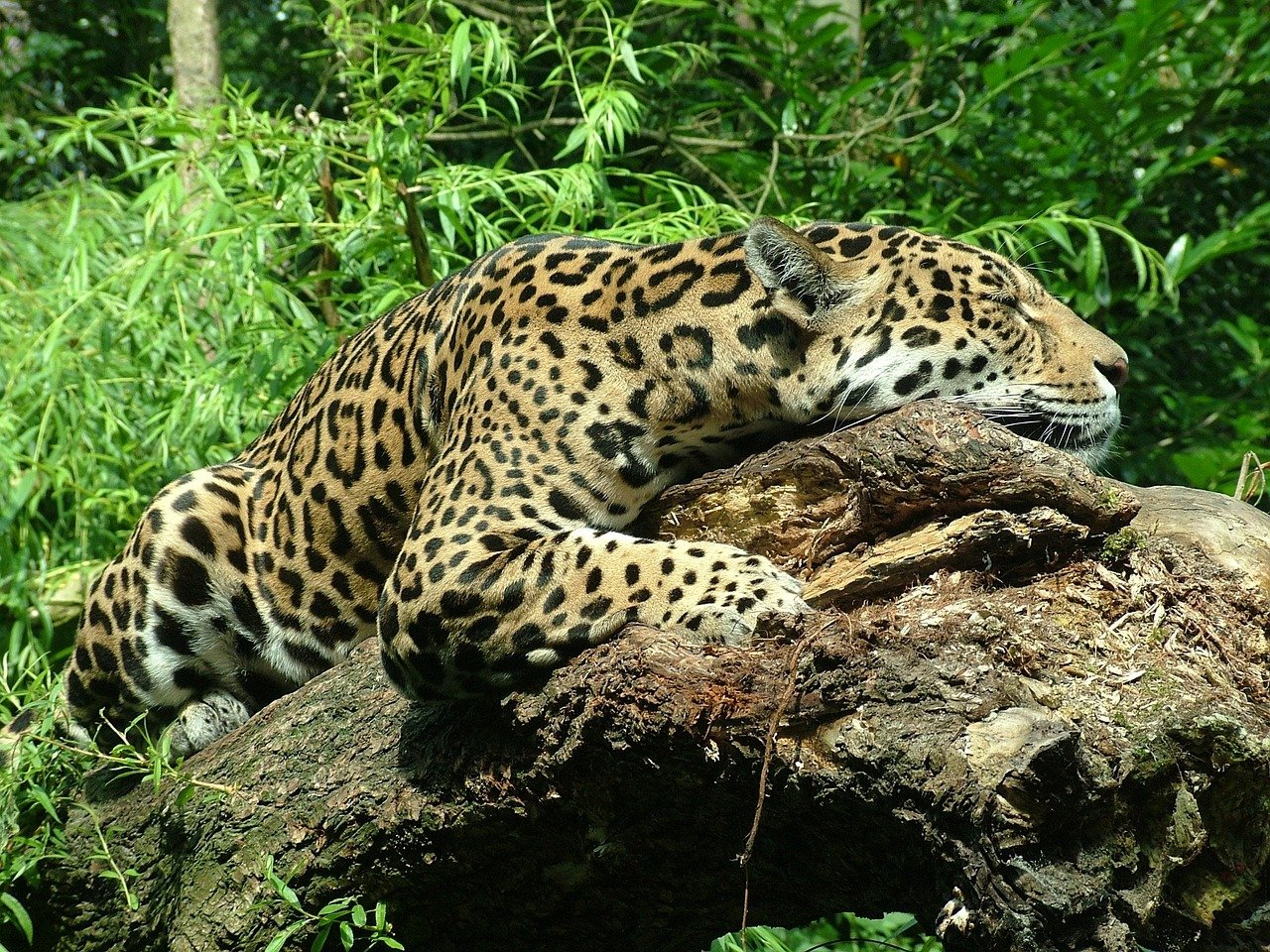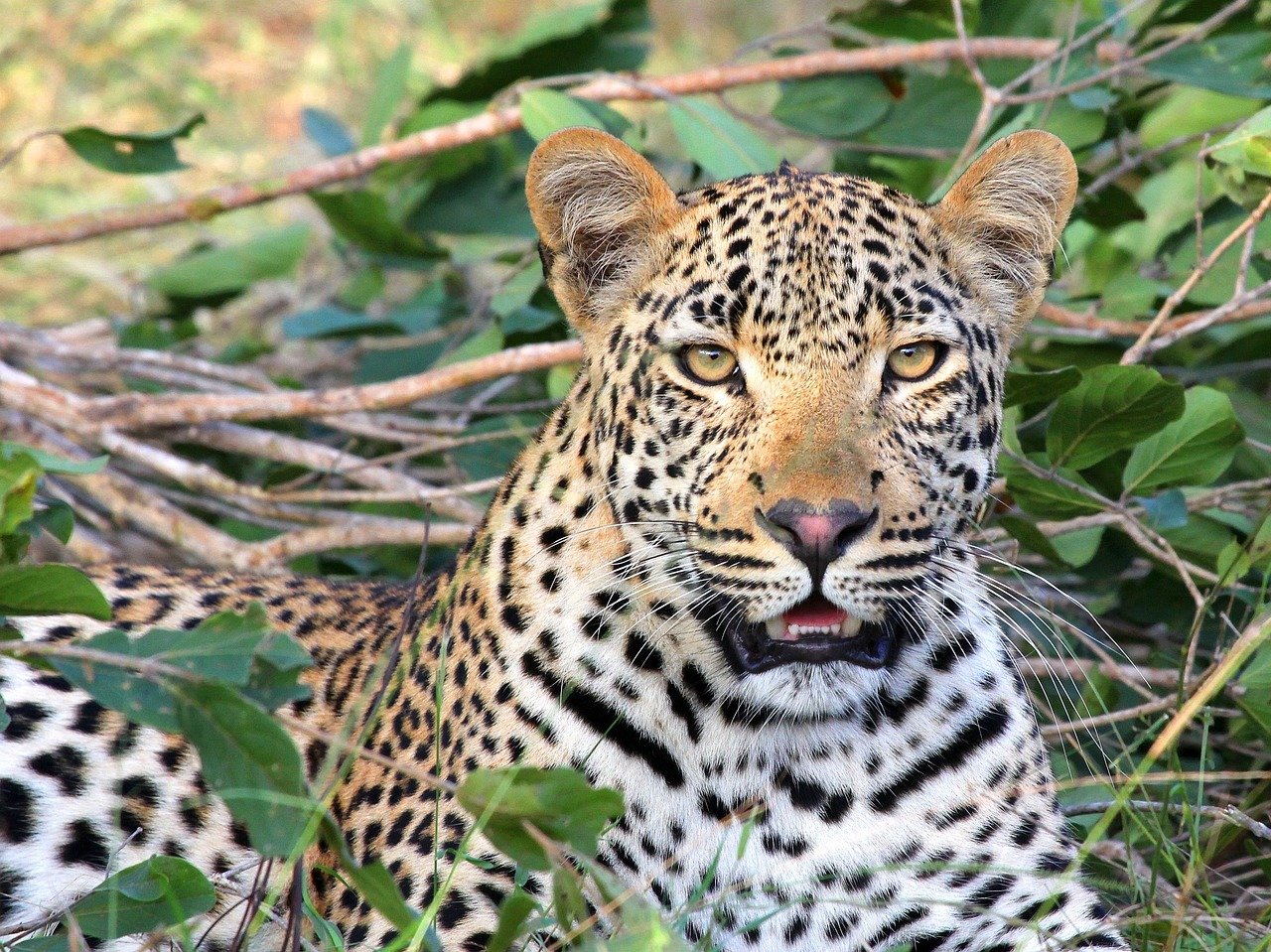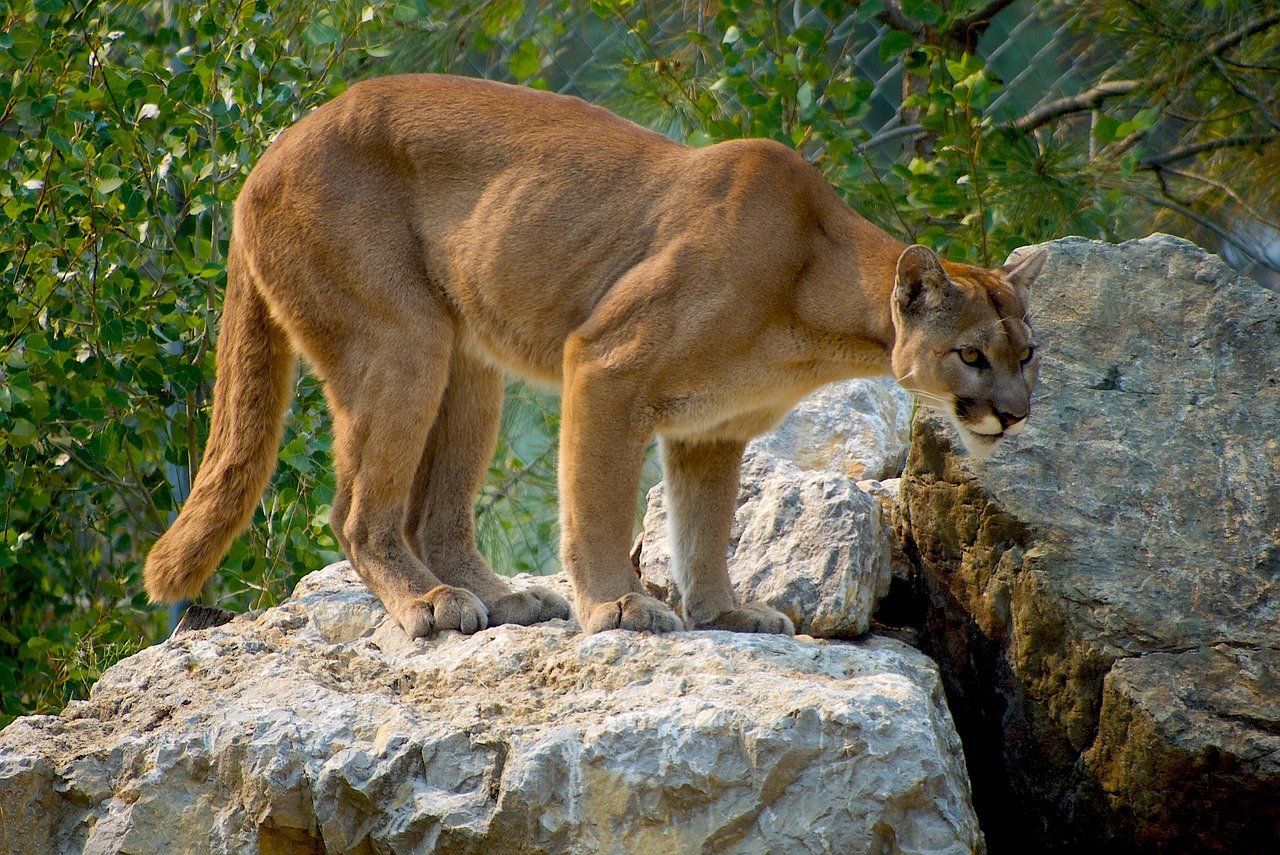Throughout the world, museums house fascinating exhibits that capture the imagination of visitors. Among these, the majestic big cats stand out, their stories of survival, adaptation, and beauty forever frozen in time. These exhibits not only serve as a bridge between the natural world and human curiosity but also provide crucial insights into the lives of these magnificent creatures. Let’s embark on a journey to explore seven big cats that have become iconic museum exhibits around the globe.
The Siberian Tiger: A Symbol of Strength and Endurance
In the vast wilderness of Siberia, the Siberian Tiger reigns supreme with its impressive stature and striking orange coat. This magnificent creature can be found in several museums, each exhibit telling a unique story of its resilience and survival in harsh climates. The Siberian Tiger, also known as the Amur Tiger, is the largest of all big cats, captivating audiences with its sheer size and power. Museums often use these exhibits to educate visitors about the conservation efforts in place to protect this endangered species. The presence of the Siberian Tiger in museums serves as a reminder of the delicate balance between human activity and wildlife preservation, urging us to act responsibly to ensure their survival.
The African Lion: King of the Savannah
Known as the “King of the Jungle,” the African Lion has captured human fascination for centuries. Exhibits featuring this regal big cat can be found in museums around the world, showcasing its role as a top predator in the African savannah. The lion’s majestic mane and commanding presence make it a popular exhibit, drawing visitors eager to learn about its social structure and hunting prowess. Museums often highlight the challenges faced by lions due to habitat loss and human-wildlife conflict, emphasizing the need for conservation initiatives. By bringing the African Lion into the museum’s spotlight, these exhibits inspire a deeper understanding of its ecological importance and cultural significance.
The Majestic Jaguar: Guardian of the Amazon

Deep within the heart of the Amazon rainforest resides the enigmatic Jaguar, a symbol of mystery and power. Museums featuring Jaguar exhibits offer a glimpse into the life of this solitary predator, showcasing its adaptability and stealth. The jaguar’s distinctive spotted coat and muscular build captivate visitors, inviting them to explore its role as a keystone species in its ecosystem. Exhibits often emphasize the importance of preserving the Amazon rainforest to protect the jaguar’s habitat and ensure its survival. Through these displays, museums aim to foster a sense of responsibility and appreciation for the intricate web of life in the Amazon.
The Elusive Snow Leopard: Ghost of the Mountains
High in the rugged mountains of Central Asia, the Snow Leopard prowls, earning its nickname “Ghost of the Mountains” due to its elusive nature. Museums that house Snow Leopard exhibits provide a rare opportunity to observe this elusive creature up close. The snow leopard’s thick, spotted fur and long tail are adapted for its cold, mountainous habitat, making it a subject of fascination for visitors. Museums use these exhibits to raise awareness about the challenges snow leopards face, including poaching and habitat fragmentation. By showcasing the Snow Leopard, museums hope to inspire action towards preserving its habitat and ensuring its continued existence in the wild.
The Cunning Cheetah: Speedster of the Plains
Renowned for its incredible speed, the Cheetah is a marvel of nature that has captivated human imagination. Museums featuring Cheetah exhibits celebrate its remarkable adaptations, such as its slender body and powerful legs, which enable it to reach speeds of up to 75 mph. Visitors are often intrigued by the cheetah’s hunting techniques and its role as a top predator in Africa’s grasslands. Museums use these exhibits to highlight the threats facing cheetahs, including habitat loss and human-wildlife conflict, while promoting conservation efforts to protect this iconic species. Through these displays, visitors gain a deeper appreciation for the cheetah’s unique place in the natural world.
The Regal Leopard: Master of Camouflage

The Leopard, with its unparalleled ability to blend into its surroundings, is a master of camouflage and a true testament to nature’s artistry. Museums showcasing Leopard exhibits offer a fascinating insight into the life of this adaptable predator, highlighting its versatility across various habitats. The leopard’s striking coat and stealthy nature make it a captivating exhibit, drawing visitors eager to learn about its hunting strategies and survival skills. Exhibits often emphasize the importance of maintaining biodiversity and the challenges posed by human encroachment on its habitat. By featuring the Leopard, museums aim to inspire admiration for its resilience and the need to protect its environment.
The Powerful Cougar: Ghost Cat of the Americas

The Cougar, also known as the Mountain Lion or Puma, is a powerful and adaptable predator found across the Americas. Museums featuring Cougar exhibits provide a unique opportunity to learn about this elusive big cat, often referred to as the “Ghost Cat” due to its solitary nature and keen senses. The cougar’s sleek body and ability to thrive in diverse environments make it a fascinating subject for museum displays. Exhibits often focus on the cougar’s role in its ecosystem and the challenges it faces from habitat fragmentation and human-wildlife conflict. By showcasing the Cougar, museums hope to foster a greater understanding of its ecological importance and the need for conservation efforts to protect this remarkable species.

Linnea is a born and bred Swede but spends as much time as possible in Cape Town, South Africa. This is mainly due to Cape Town’s extraordinary scenery, wildlife, and atmosphere (in other words, because Cape Town is heaven on earth.) That being said, Sweden’s majestic forests forever hold a special place in her heart. Linnea spends as much time as she can close to the ocean collecting sea shells or in the park admiring puppies.






